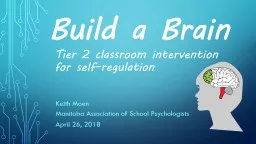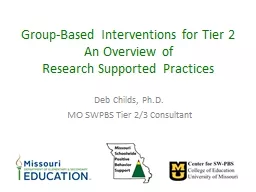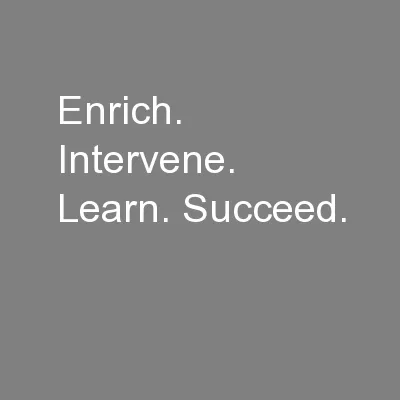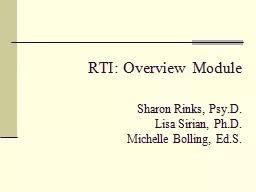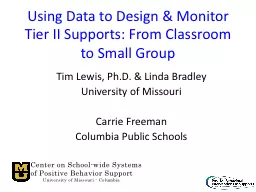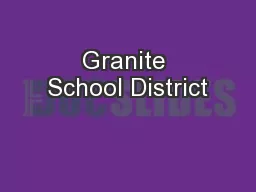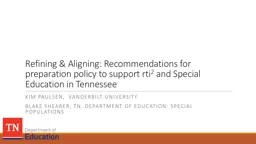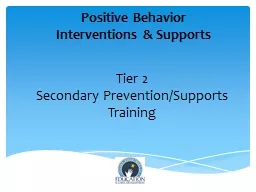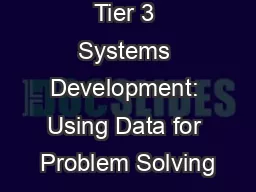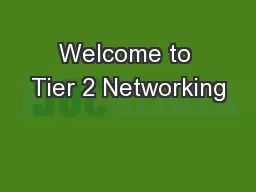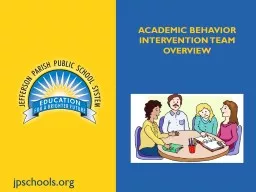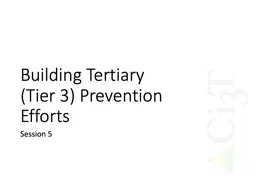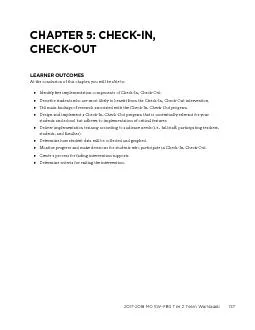PPT-Build a Brain Tier 2 classroom intervention
Author : test | Published Date : 2018-11-10
for selfregulation Keith Moen Manitoba Association of School Psychologists April 26 2018 Agenda Why amp how to facilitate the Build a Brain classroom intervention
Presentation Embed Code
Download Presentation
Download Presentation The PPT/PDF document "Build a Brain Tier 2 classroom interven..." is the property of its rightful owner. Permission is granted to download and print the materials on this website for personal, non-commercial use only, and to display it on your personal computer provided you do not modify the materials and that you retain all copyright notices contained in the materials. By downloading content from our website, you accept the terms of this agreement.
Build a Brain Tier 2 classroom intervention: Transcript
Download Rules Of Document
"Build a Brain Tier 2 classroom intervention"The content belongs to its owner. You may download and print it for personal use, without modification, and keep all copyright notices. By downloading, you agree to these terms.
Related Documents

